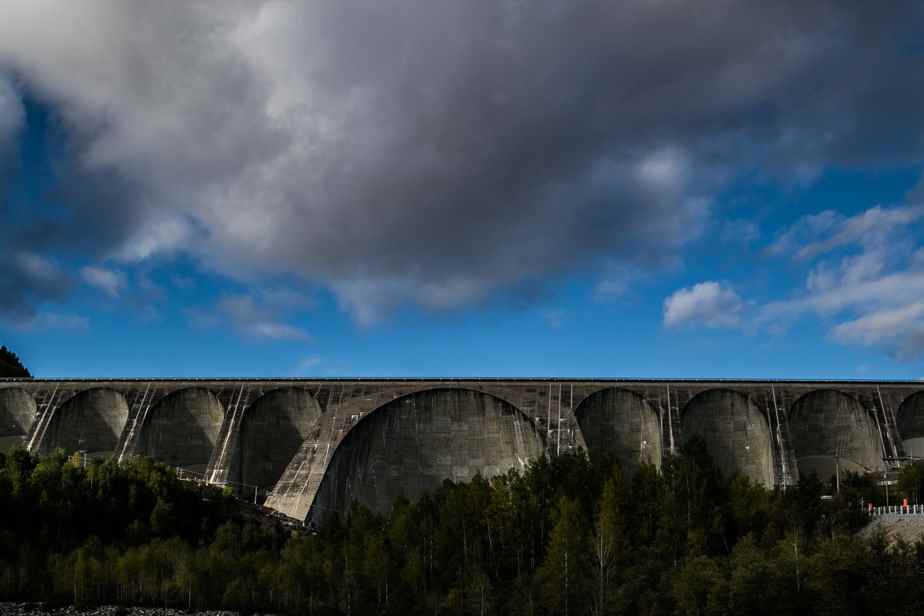While it is true that Quebec’s electricity needs will increase in the coming years, there are many other solutions than building hydroelectric dams to meet the challenge of energy transition, experts remind François Legault.
Posted at 6:00 a.m.
“Putting forward or prioritizing a solution is a mistake. There are plenty of possible avenues. We now know that there is a panoply of technologies that could be of interest. We have to study hydroelectricity, but also wind, solar, geothermal, even nuclear. And if it happens to be hydro, then we’ll go. But let’s document first,” says Professor Pierre-Olivier Pineau, holder of the Energy Chair at HEC Montréal.
With its imposing dams already in place, Quebec could go “a long way with wind power before building new dams which will inevitably cost more” and which will take time to be in operation, recalls Mr. Pineau.
On Tuesday, François Legault revealed that he had commissioned Hydro-Québec to assess the possibility of building new dams and to present him in “the next few months” with proposals to launch construction sites. He also promises to require the construction of “wind farms with a total power of 3000 megawatts (MW)”.
“The amount of hydroelectric storage in Quebec is unique on the planet for such a small territory. We have the system in place to integrate wind energy, balancing the production of electricity. We really have to carry out studies in complete transparency, putting all technologies on the same equal footing, ”insists Mr. Pineau again, asking politicians to let the experts work.
‘Not a panacea’
His colleague Sylvain M. Audette, expert in energy policies at HEC Montreal, second. “Dams are an option on the table, but we have to compare them to others, with solar or wind power in the shorter term, for example. Dams are not a panacea,” he says.
“We quickly need an integrated resource plan that puts together all the scenarios, with the costs, for 2035 and 2050,” continues Mr. Audette. He thus refers to the two major targets of the Legault government’s Green Plan, which provides for the end of the sale of gasoline vehicles by 2035 and the achievement of carbon neutrality by 2050. energy transition adopt integrated plans. It takes us one. Otherwise, we are talking in a vacuum, ”he adds.
The big problem is that a dam cannot be built in three, four or five years. A wind farm, yes. But a dam is a minimum of 10 years.
Sylvain M. Audette, energy policy expert at HEC Montréal
At the University of Montreal, Professor Normand Mousseau, also scientific director of the Trottier Energy Institute at Polytechnique Montreal, is also skeptical about the construction of new dams. “We can no longer flood territories as we did in the past, for the environmental and social acceptability reasons that we know. That means that we won’t be able to have a lot of reservoirs, and therefore less flexibility, ”he mentioned in an interview.
This is one of the warnings that Mr. Mousseau and his team of researchers issued in a report entitled “A Strategic Perspective for the Electricity Sector in Central and Eastern Canada”, published in last week.
We read in particular that the solution would be based mainly on the construction of new wind farms. “The construction of wind turbines, led by Hydro-Quebec to reduce costs, we can do that at very competitive rates,” said Mr. Mousseau in a webinar last Wednesday.
“We have to plan for 2050, ultimately,” concludes Mr. Mousseau on the phone. There may be strategic security or resilience reasons for integrating even more hydropower. But I think that in the short term, this will not be the solution. »

